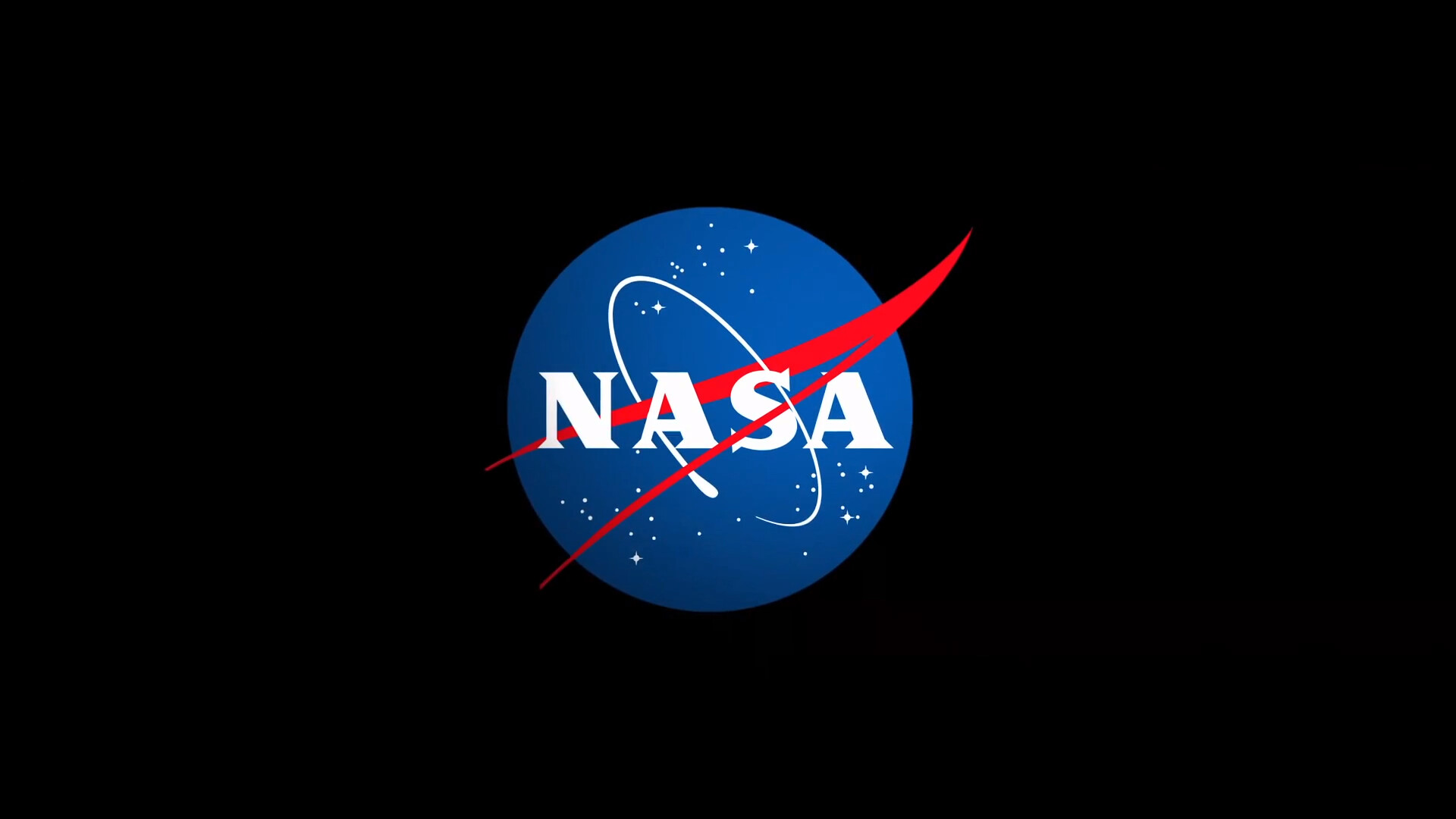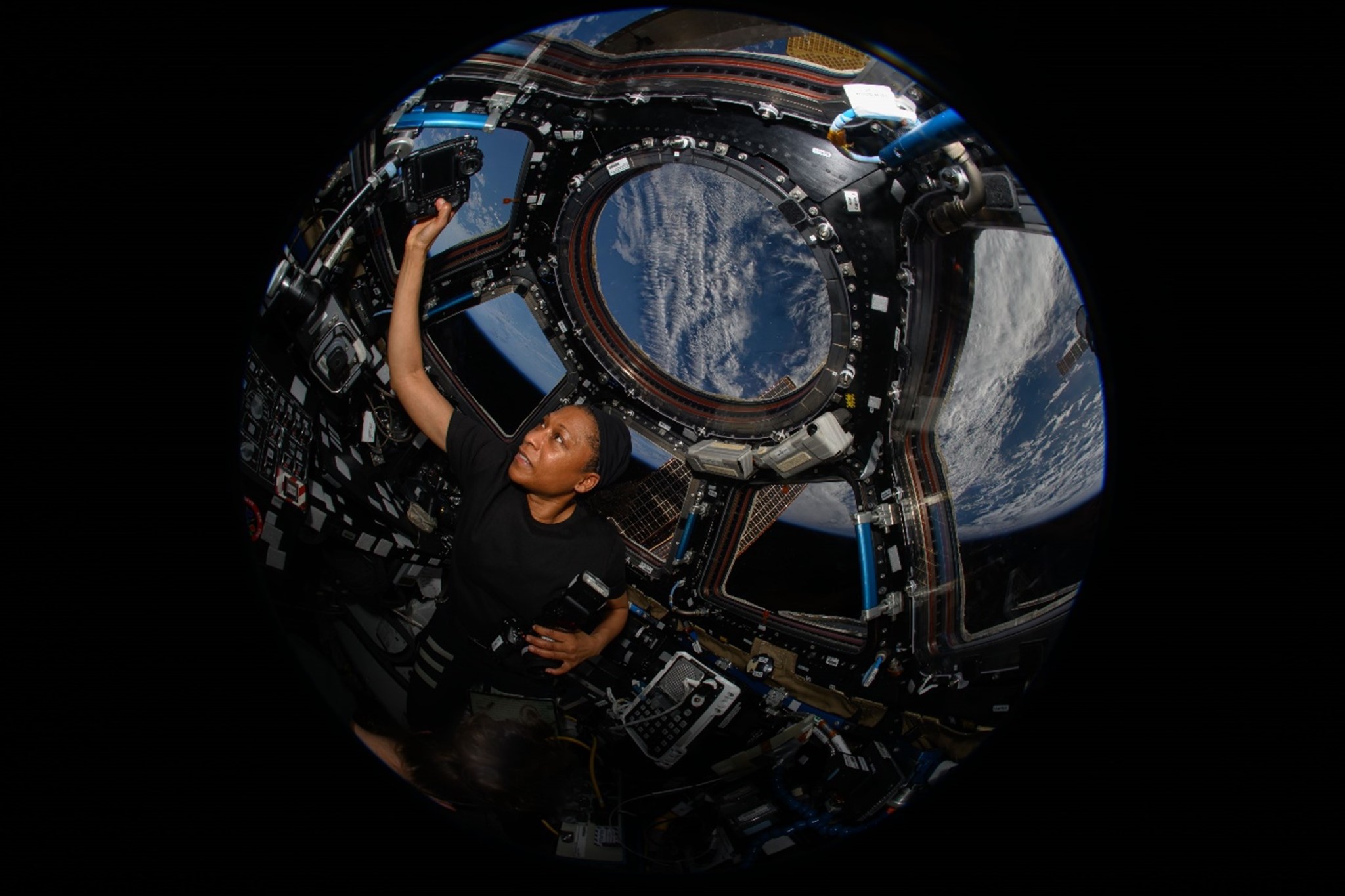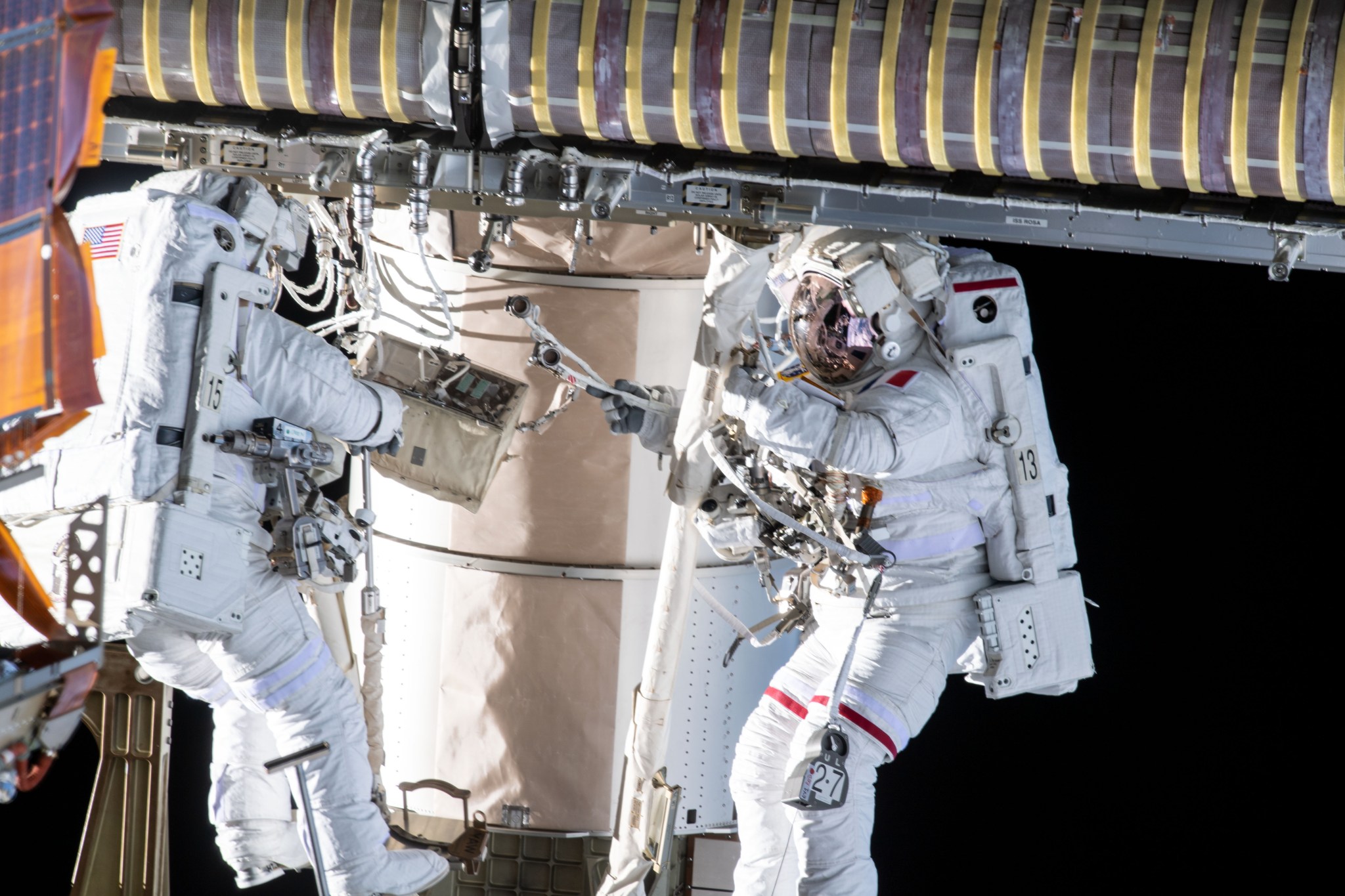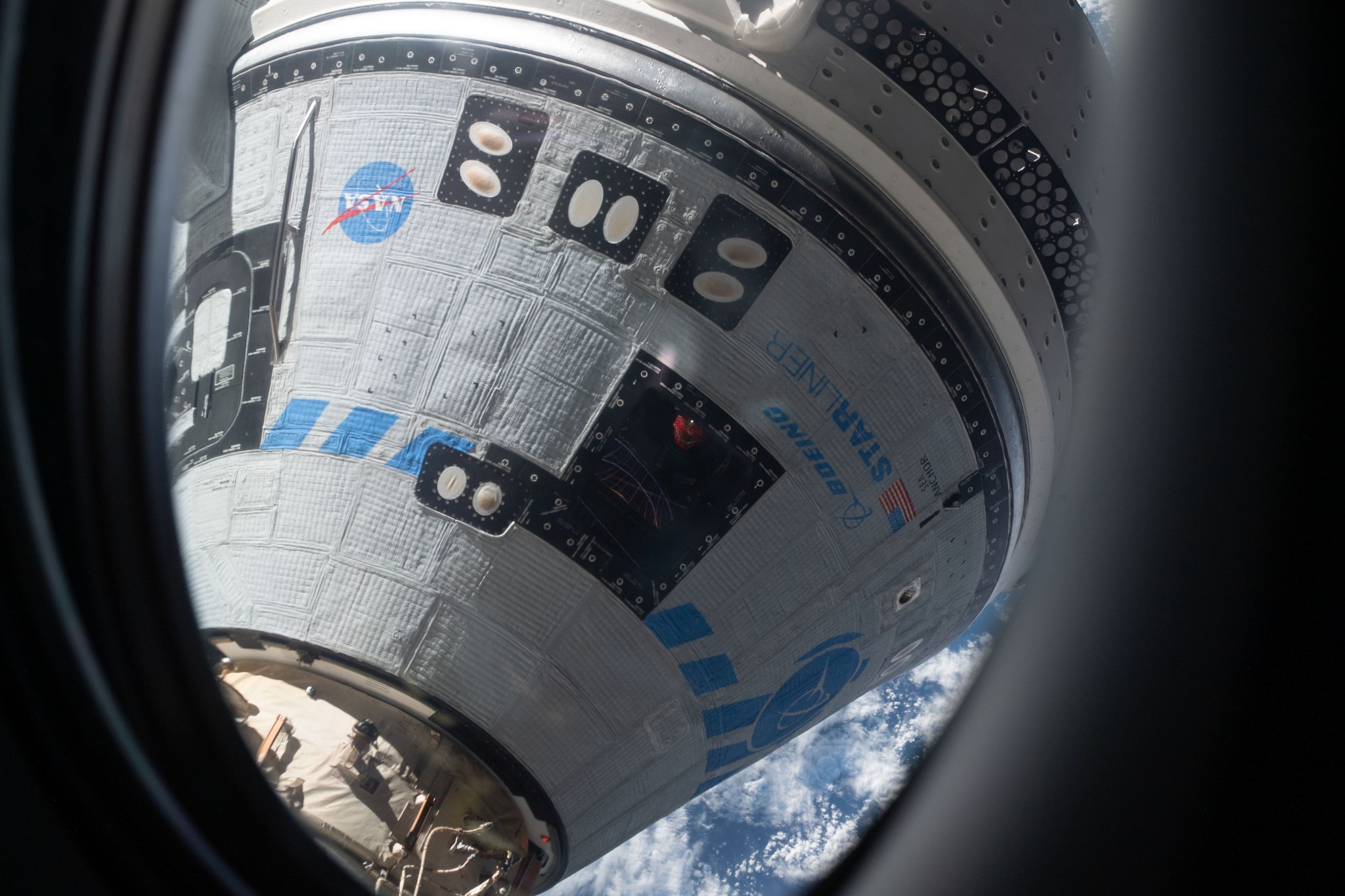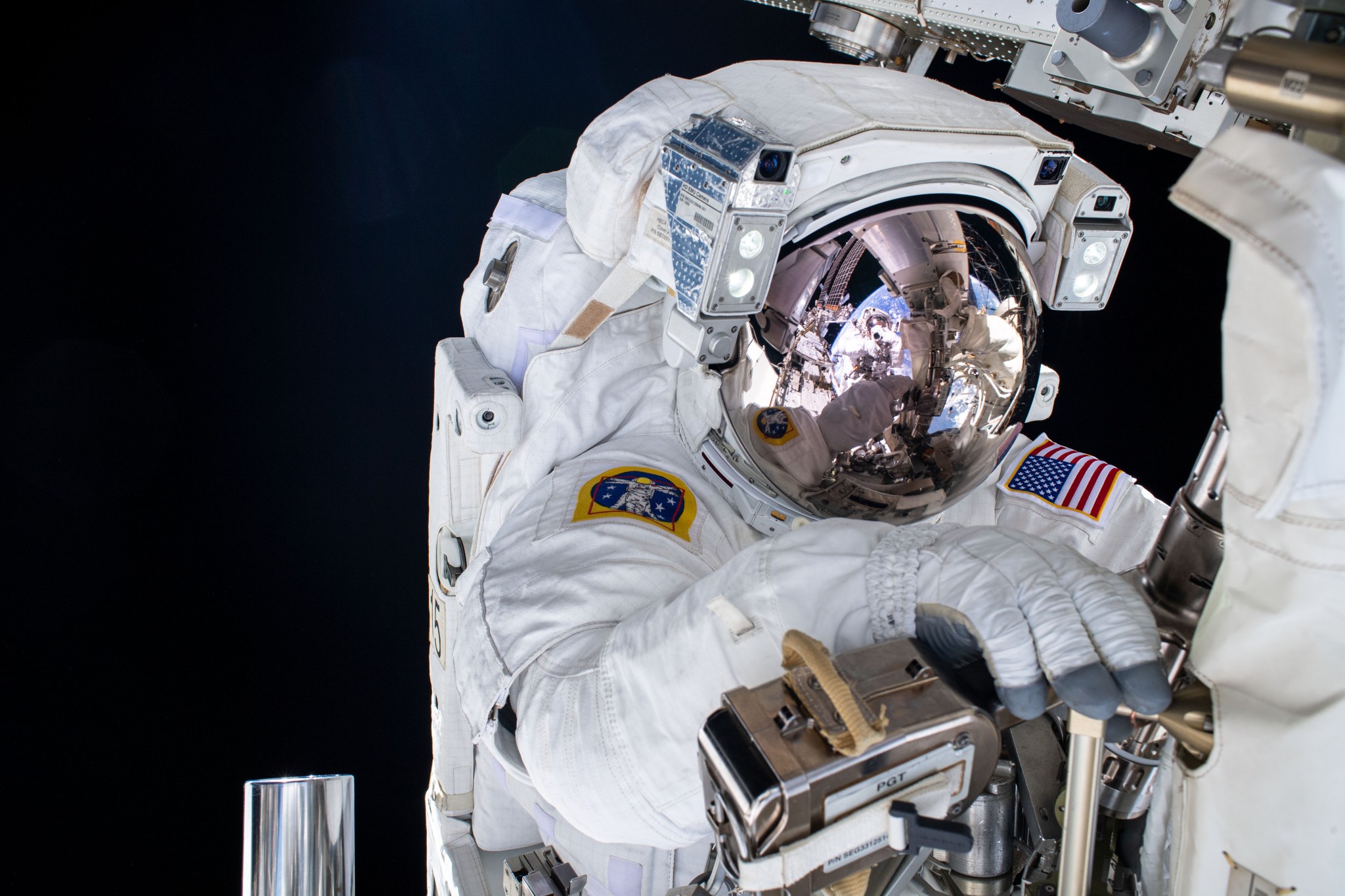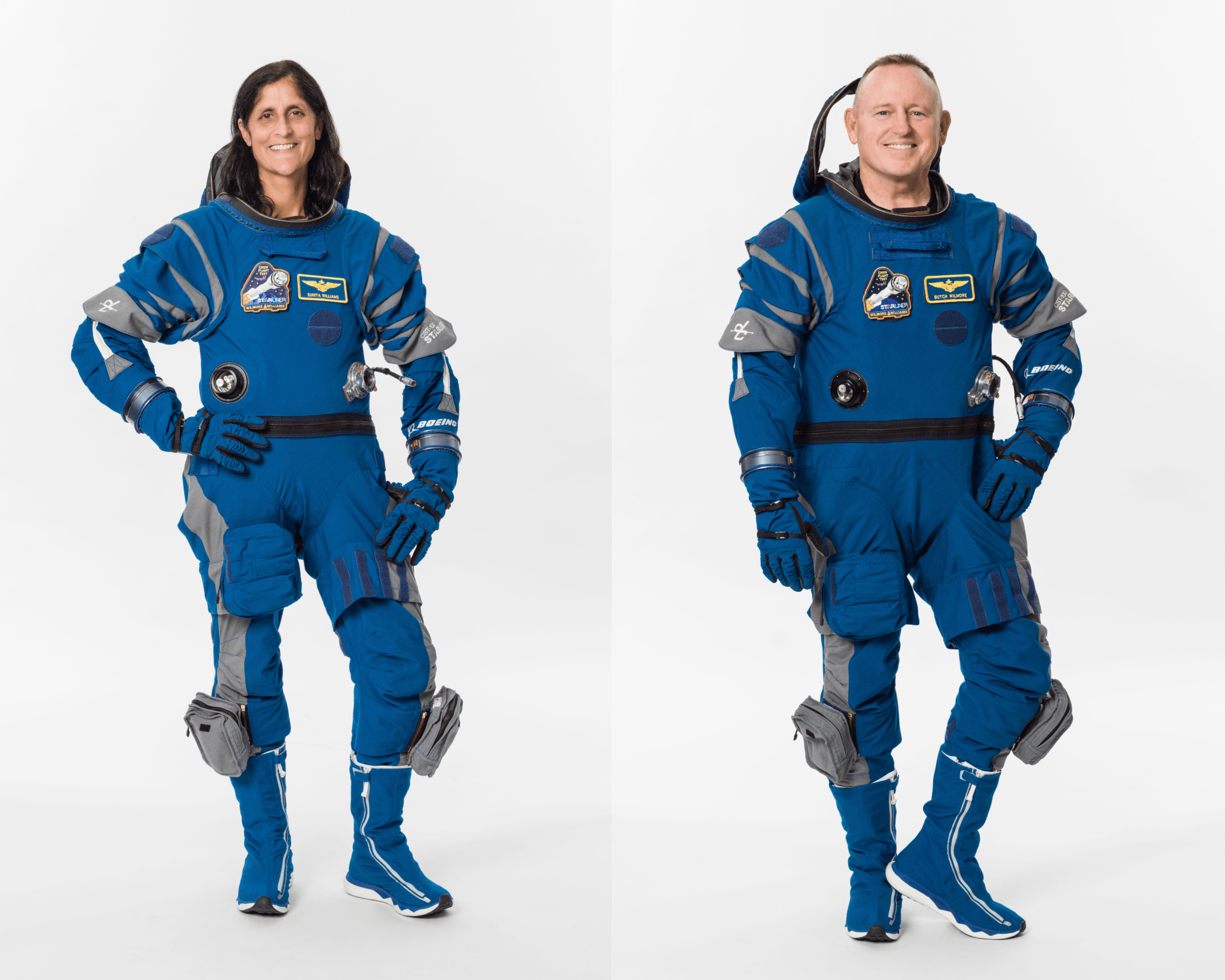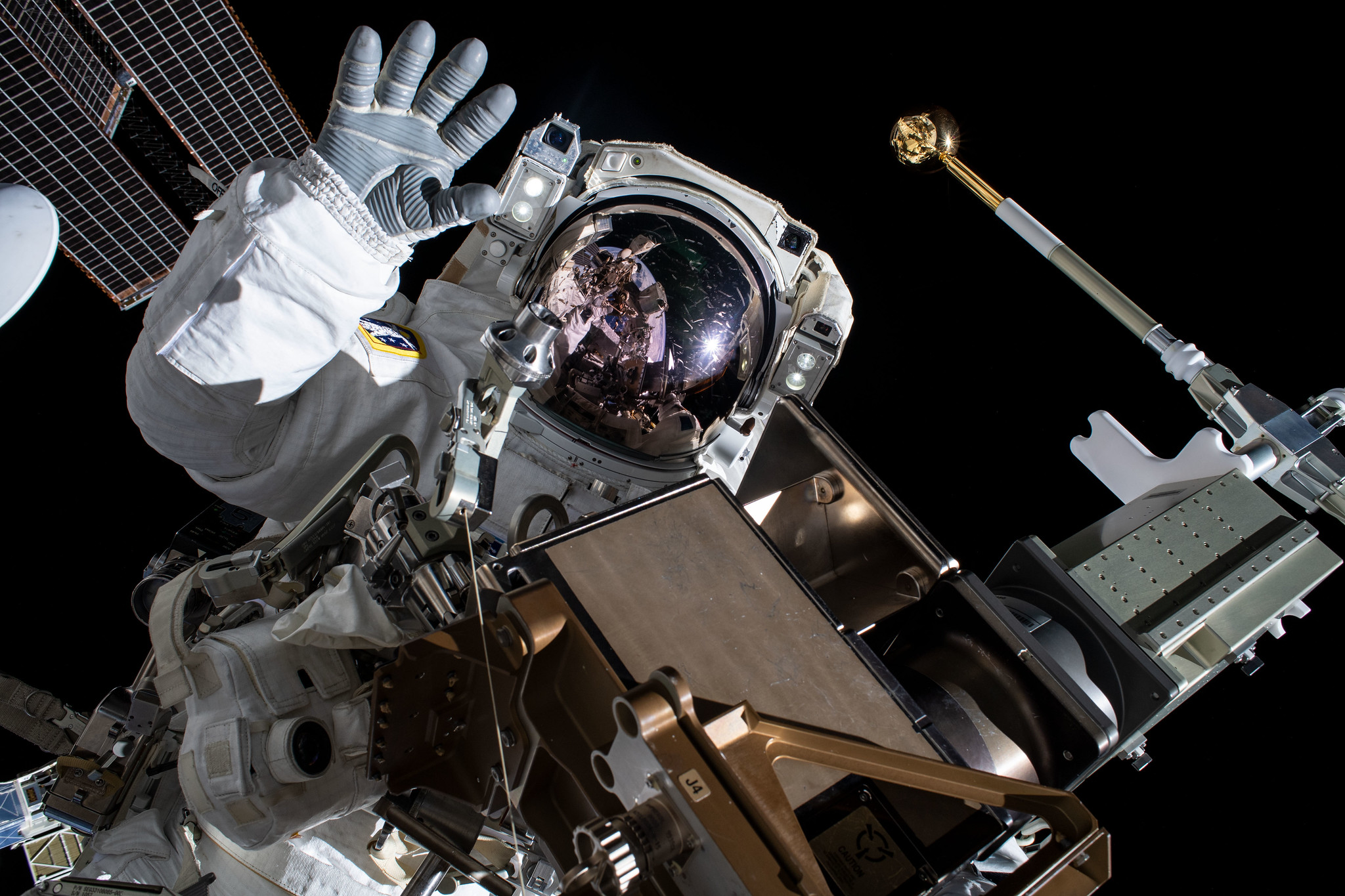NASA logo NASA is fostering continued scientific, educational, and technological developments in low Earth orbit to benefit humanity, while also supporting deep space exploration at the Moon and Mars. As the agency transitions to commercially owned space destinations closer to home, it is crucial to prepare for the safe and responsible deorbit of the International Space Station in a controlled manner after the end of its operational life in 2030. NASA announced SpaceX has been selected to develop and deliver the U.S. Deorbit Vehicle that will provide the capability to…
Read MoreTag: ISS Research
South Central US Students to Hear from NASA Astronaut Aboard Station
(April 8, 2024) NASA astronaut Jeanette Epps uses a camera in the International Space Station’s cupola to take photographs of the Moon’s shadow umbra as a total solar eclipse moves across Earth’s surface during Expedition 71. Credits: NASA/Matthew Dominick Students from Louisiana, New Mexico, and Texas will have an opportunity to hear from a NASA astronaut aboard the International Space Station. The 20-minute Earth-to-space call will stream live at 9:10 a.m. EDT, Wednesday, June 26, on NASA+, NASA Television, the NASA app, and the agency’s website. Learn how to stream…
Read MoreStudying the Sun
5 min read Preparations for Next Moonwalk Simulations Underway (and Underwater) Science in Space: June 2024 The Sun wields a huge influence on Earth. Its gravity holds our planet in its orbit, and solar energy drives the seasons, ocean currents, weather, climate, radiation belts, and auroras on Earth. The solar wind, a flow of charged particles from the Sun, constantly bombards Earth’s magnetosphere, a vast magnetic shield around the planet. The Sun occasionally releases massive amounts of energy, creating solar geomagnetic storms that can interfere with communications and navigation and…
Read MoreNASA Updates Coverage for US Spacewalks 90, 91 Outside Space Station
Astronauts pictured completing an installation outside of the International Space Station. Credits: NASA NASA will provide live coverage as astronauts conduct two spacewalks outside the International Space Station scheduled for Monday, June 24 and Tuesday, July 2. The first spacewalk is scheduled to begin at 8 a.m. EDT June 24, and last about six and a half hours. NASA will provide live coverage beginning at 6:30 a.m. NASA will stream the spacewalk on NASA+, NASA Television’s public channel, the NASA app, YouTube, and the agency’s website. Learn how to stream…
Read MoreNASA, Boeing to Discuss Starliner’s Mission
Boeing’s Starliner spacecraft docked to the Harmony module of the International Space Station on the company’s Orbital Flight Test-2 mission (Credits: NASA) NASA and Boeing will discuss Starliner’s mission and departure from the International Space Station as part of the agency’s Boeing Crew Flight Test in a pre-departure media teleconference at 12 p.m. EDT Tuesday, June 18. NASA, Boeing, and station management teams will evaluate mission requirements and weather conditions at available landing locations in the southwestern U.S. before committing to the spacecraft’s departure from the orbiting laboratory. Participants in…
Read MoreLakita Lowe: Leading Space Commercialization Innovations and Fostering STEM Engagement
Lakita Lowe is at the forefront of space commercialization, seamlessly merging scientific expertise with visionary leadership to propel NASA’s commercial ambitions and ignite a passion for STEM in future generations. As a project integrator for NASA’s Commercial Low Earth Orbit Development Program (CLDP), Lowe leverages her extensive background in scientific research and biomedical studies to bridge the gap between science and commercial innovation. Lowe recently supported both planning and real-time operations contributing to the successful completion of the Axiom-3 private astronaut mission which launched in January 2024 and is gearing…
Read MoreNASA Sets Coverage for U.S. Spacewalk 90 Outside Space Station
NASA astronaut pictured completing an installation outside of the International Space Station. Credits: NASA NASA will provide live coverage, beginning at 6:30 a.m. EDT Thursday, June 13, as two astronauts conduct a spacewalk outside of the International Space Station. The spacewalk is scheduled to begin at 8 a.m. and last about six and a half hours. NASA will stream the spacewalk on NASA+, NASA Television, the NASA app, YouTube, and the agency’s website. Learn how to stream NASA TV through a variety of platforms including social media. NASA astronauts Tracy…
Read MoreNASA Crew Flight Test Astronauts to Call White House, NASA Leaders
NASA astronauts Suni Williams (pictured left) and Butch Wilmore (pictured right) launched at 10:52 a.m. EDT June 5 as the first crewed flight of Boeing’s Starliner spacecraft on the United Launch Alliance Atlas V rocket from Space Launch Complex-41 at Cape Canaveral Space Force Station in Florida. Credits: NASA Following their safe arrival at the International Space Station, NASA astronauts Butch Wilmore and Suni Williams will participate in a pair of Earth to space calls Monday, June 10, regarding their historic mission aboard Boeing’s Starliner spacecraft: Known as NASA’s Boeing…
Read MoreNASA to Discuss Upcoming Spacewalks for Station Repairs, Upgrades
Astronaut waves during a spacewalk outside of the International Space Station (Credits: NASA) NASA astronauts aboard the International Space Station will conduct three spacewalks targeted for June. NASA will discuss the upcoming spacewalks during a news conference at 4 p.m. EDT Tuesday, June 11.Live coverage will air on NASA+, NASA Television, the NASA app, YouTube, and the agency’s website. Learn how to stream NASA TV through a variety of platforms including social media. Participants in the news conference include: Dina Contella, deputy program manager, International Space Station Rebecca Wingfield, flight director,…
Read MoreNASA’s Laser Relay System Sends Pet Imagery to, from Space Station
Using NASA’s first two-way, end-to-end laser relay system, pictures and videos of cherished pets flew through space over laser communications links at a rate of 1.2 gigabits per second — faster than most home internet speeds. NASA astronauts Randy Bresnik, Christina Koch, and Kjell Lindgren, along with other agency employees, submitted photos and videos of their pets to take a trip to and from the International Space Station. The transmissions allowed NASA’s SCaN (Space Communications and Navigation) program to showcase the power of laser communications while simultaneously testing out a…
Read More